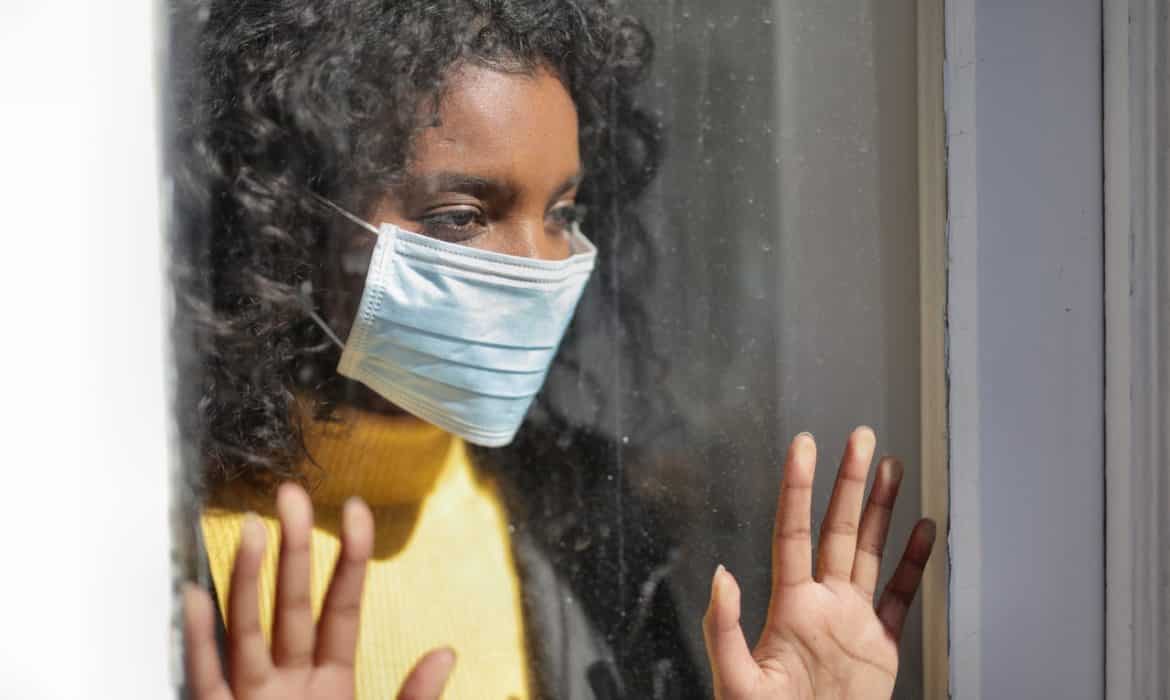Chicago Health is committed to publishing a diversity of opinions. The opinions expressed in this op-ed article are the author’s own.
The COVID-19 pandemic has hit Illinois hard. Cook County now has more cases than any other U.S. county. Predominantly African American and Latinx zip codes have the highest infection and death rates in Chicago, Cook County and throughout the entire state.
To protect the health of all individuals in Illinois, particularly those in African American and Latinx communities who are at higher risk of COVID-19, we need our state government to enforce non-negotiable, emergency rules. This will help protect the health of all Illinois residents, especially the majority African American, Latinx and other essential workers who cannot work from home, as well as their families and communities. Thousands have already died.
Illinois and Chicago are a long way from flattening the curve of cases and deaths in working class communities of color. These statistics from May 25 tell the story of the inequity:
- In Illinois, African Americans make up 15% of the population, but account for more than 30% of the state’s COVID-19 deaths.
- In the city of Chicago, African Americans are 30% of the population but represent 45% of Chicago’s COVID-19 deaths.
- The Latinx community has a state population of 17% but has 31% of the total number of infections and 19% of deaths.
Health departments must offer free, walk-up tests, with no appointment or doctor’s order needed, in all zip codes of African American and Latinx residents, regardless of whether the resident has symptoms.
Clear criteria and enforcement
Since Governor J.B. Pritzker issued the Illinois stay-at-home order on March 21, every business, hospital, jail and public agency has decided for itself how to define social distancing (if at all), whether and how to sanitize, what counts as personal protective equipment (PPE) and who should wear it.
Each business has also decided independently what the criteria are for employee COVID-19 testing, how long sick employees should stay home and when recovered employees can return to work safely. Business owners have told me they’re making these decisions themselves because political leaders haven’t issued specific protocols beyond the broad social distancing and stay-at-home orders.
All state governors have vast emergency powers guaranteed by the 10th Amendment of the U.S. Constitution. For the past 240 years, these “police powers” have been used during epidemics and pandemics including cholera, typhoid, flu, polio and others.
During the polio epidemic, public health officials, state governors, county board executives and mayors issued emergency orders — specific requirements for healthcare facilities, businesses and public agencies. Public health workers enforced the orders. In Chicago, for example, all private hospitals were ordered to open beds for patients without insurance. I was one of those patients. The orders were not optional guidance, as is the case now during the coronavirus pandemic.
Instead of exercising their own power, Illinois officials are giving the economy the power to dictate how, when, where and whom should be protected from the world’s worst health emergency in 102 years, since the 1918 flu pandemic.
Here’s what needs to happen
Illinois leaders must use the constitutionally guaranteed public health state emergency powers to enforce orders on every business, hospital and public agency to protect all workers, patients, customers and prisoners from COVID-19.
Plus, they need to create thousands of new state, county and city public health jobs for those living in communities of color and rural areas most affected by COVID-19: a life-saving strategy for Illinois following safe, strict, best-practice rules that are not optional.
The state could fund this effort with emergency federal COVID-19 funds, a reimplementation of the Chicago corporate head tax, tax increment financing (TIF), and through Pritzker declaring an emergency financial transaction tax (FTT) on all major business transactions.
I’m working with the People’s Response Network to call for public health workers to be placed inside and outside every open workplace — business, warehouse, health facility, jail and public agency, including transit. Increased public health workers and a strategic response from Illinois includes:
- Screening every employee for COVID-19 at every workplace at the start of their shift. If they are sick, they are sent home with full pay from their employer, without a deduction from their from their benefits.
- Enforcing use of PPE for all workers, patients and customers. Ensure use of barriers, sanitizing routines, including daily deep cleanings and social distancing inside and outside of every workplace.
- Providing free walk-up and door-to-door screening, testing, contact tracing and follow-up in all neighborhoods, especially those neighborhoods most affected, including all persons regardless of legal status.
- Increasing capacity and operating hours at every public health facility and federally qualified health center.
- Hiring a full-time registered nurse for every school.
- Re-establishing health career certificate and degree programs at all City Colleges of Chicago (CCC) beginning with those in the most affected COVID-19 areas: Kennedy-King College, Olive-Harvey College and Arturo Velasquez Institute. All CCC certificate and associate degree programs must have a bridge to the University of Illinois at Chicago (UIC) for a bachelor’s degree.
- Re-establishing the Chicago Public Schools (CPS) High School Students Nursing Program, as part of career and technical education (CTE) in those communities most affected by COVID-19. Expand and improve all CPS health programs in CTE. All CPS health programs must also have a bridge to CCC and UIC.

Our lives and those of our children, grandchildren, parents, grandparents, neighbors and co-workers depend on it.












